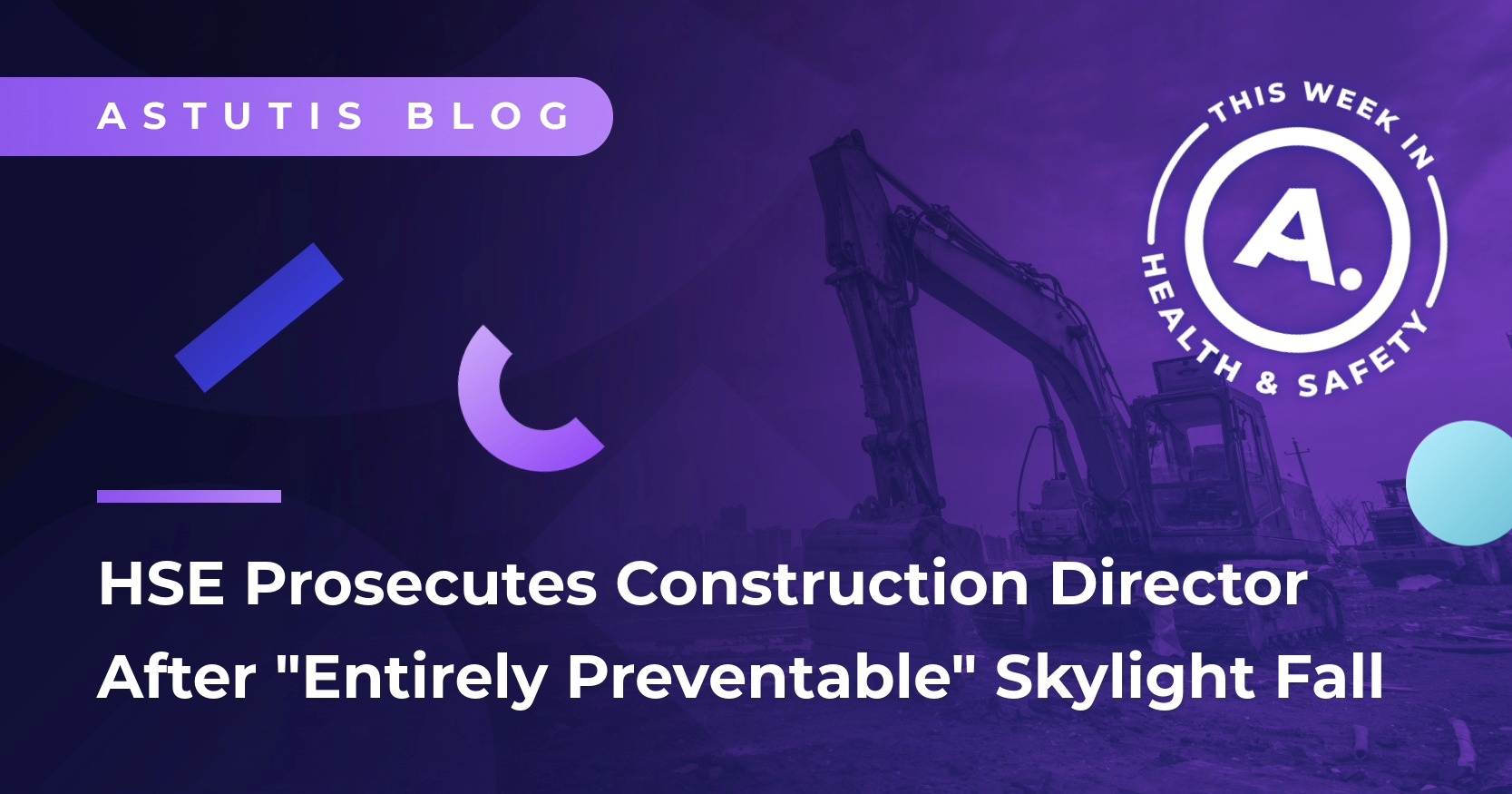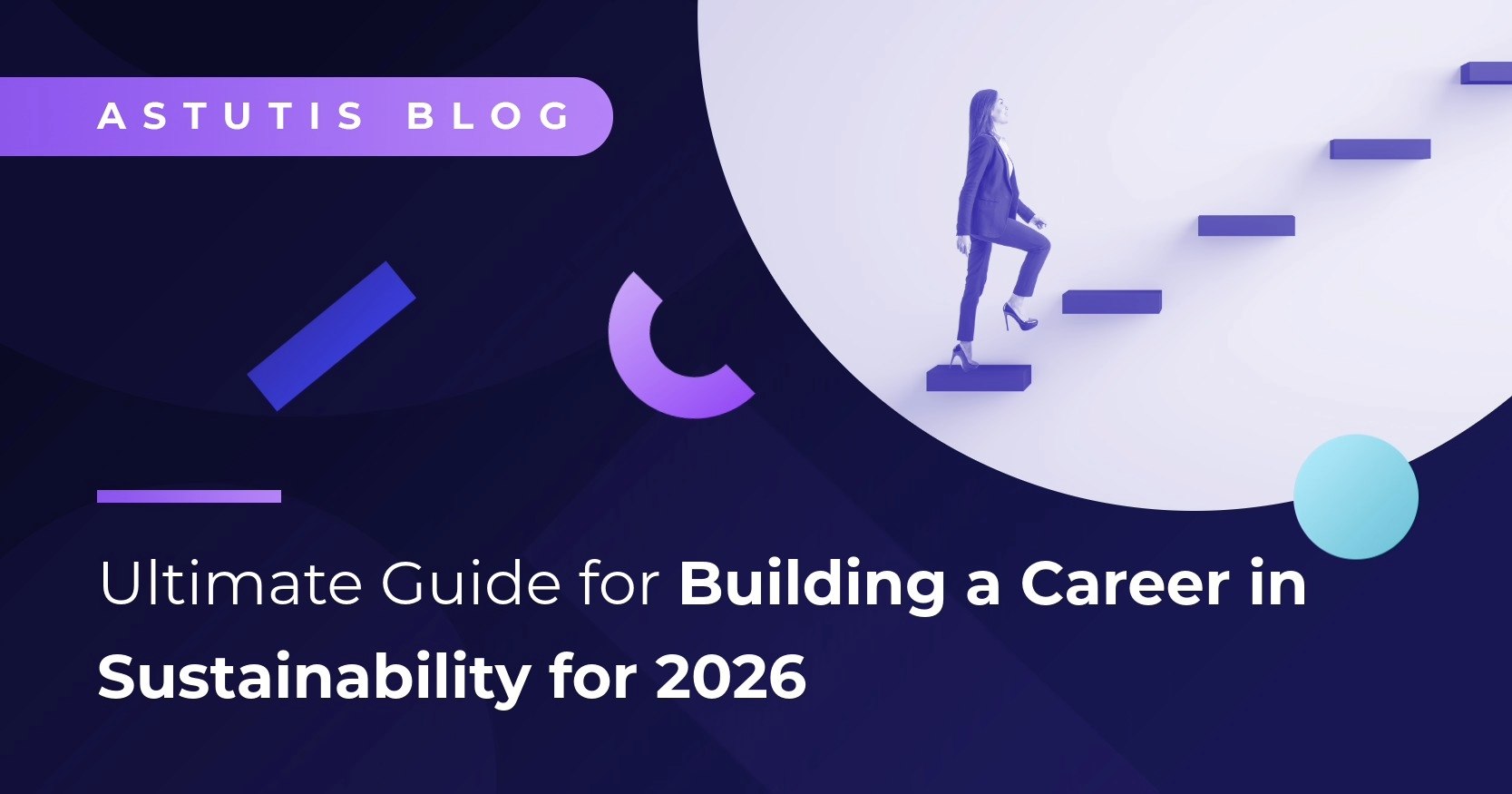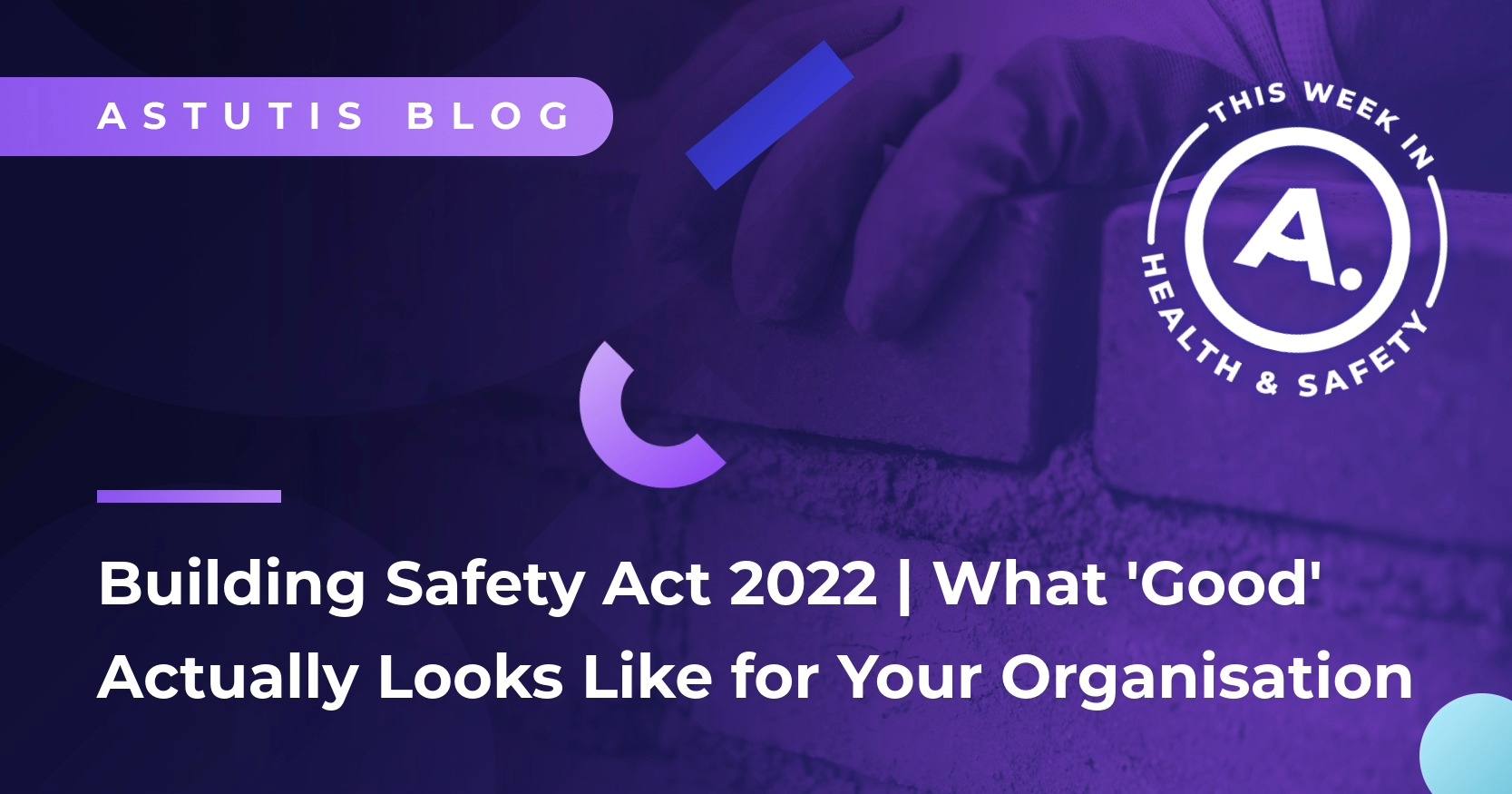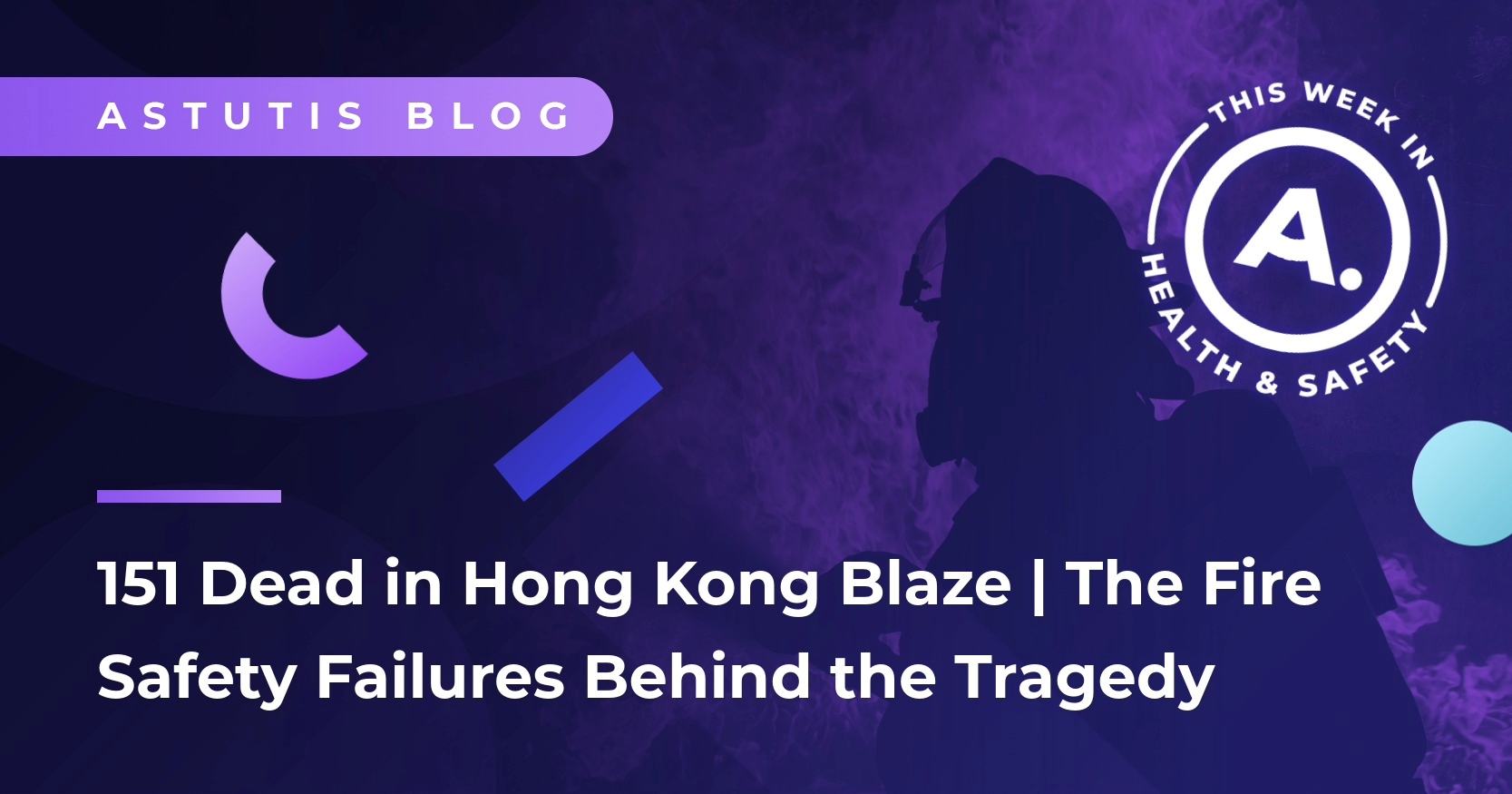Safety and Wellness Programmes: What You Need to Know
Despite there being a direct correlation between wellness and safety in workplaces, many organisations still perceive these two disciplines as separate functions that don't necessarily intersect. They're viewed as different departments with different systems, budgets and KPI’s.
When properly connected, effective integrated wellness and safety programmes can yield significant results reduce stress and enhance work performance and productivity. They can also decrease accident and injury figures and minimise insurance costs.
However you view it, there is a critical connection between an organisation’s safety and wellness programmes and employee stress and work productivity. An integrated approach to safety and wellness is crucial to ensure organisational success.
What is a Safety Programme and Policy?
Each organisation, whether they're employing people in office-based, manual labour intensive or hazardous material workplaces, are required to have an incorporated safety policy in place. Organisations must ensure that the latest safety measures and programmes are part of their employees' onboarding process. This same approach also needs to be integrated into their daily activities and procedures.
Safety policies and programmes mandated by a regulatory body, with laws specific to that country (e.g. HSE, OSHA, CCOHS) are becoming increasingly more stringent and it's the responsibility of employers to help protect employees and ensure best practices. This includes a duty to communicate the agreed policies and procedures to employees and ensuring they are adhered to. This direct leadership involvement, enhances trust between teams and their employers, leading to increased work performance.
The administration of these policies is driven by governmental and organisational mandates. It requires the allocation of sufficient resources and direct involvement of leadership teams to build trust and employee engagement.
What is a Wellness Programme and Policy?
Organisations are becoming more aware of the impact of stress and productivity in the workplace.
Many organisations have introduced wellness policies and programmes to generate awareness and promote healthy workplace behaviours. Depending on the organisation, employees have access to programmes including:
- Mental Health Awareness.
- Essential Health and Safety Training.
- Mindfulness and Meditation Solutions.
While not mandated by the government, such programmes are highly recommended and promoted by health insurance companies as a means of reducing medical claims, with a resulting reduction in the cost of premiums for organisations.
Further benefits of healthy employees are on-the-job motivation, satisfaction and engagement levels. Reduced sickness absence is also a strong indicator of effective wellness policies.
These Wellness programs are usually managed by Human Resource professionals who encourage participation from employees in a ‘bottom-up’ manner.
How Does Poor Mental Health and Stress Affect Safety?
Research suggests that organisations should acknowledge work-related stress as an influential health and safety risk.
Stress has a direct effect on work productivity. Employee stress symptoms usually manifest in the following areas:
- Insufficient or inadequate sleep.
- Fatigue.
- Reduced concentration levels.
People experiencing the above symptoms are unable to work safely. A declined mental health state, leads to decreased work performance, exposing individuals and organisations to risk.
Why are Safety and Wellness Programmes Treated Differently?
As the above two fields differ vastly in their approach, they have different objectives and assumptions. Coordination between the two programmes are less common than we think.
Among leaders in Occupational Safety and Health, a broad perception exists that employers could be shifting the burden for health and wellness away from management to individual workers. The shift would change the focus from environmental and organisational causes of ill health and disease to individual risk-taking.
Workplace absences cost businesses 185 million working days in the UK in 2022. With off-the-job safety injuries accounting for up to 86% of healthcare costs in 2021, isn't it time that wellness efforts address this at a corporate level?
There has been a significant shift in the labour market over time. With a decline in manufacturing and agricultural jobs and a massive rise in service sector jobs and with the current economic situation more employees face redundancies. The lack of job security can result in dissatisfaction, reduced engagement, poor health, and stress.
New systems of work, increased job demands, reliance on part-time labour and the rise of the 'zero hour' contract can also increase employee stress levels and the associated health risks, which all serve to reinforce the importance of understanding 'stressors' within an integrated wellness and safety programme. The impact of stress and productivity in the workplace is a phenomenon that's here to stay. Employers ought to be aware and support their team to be safe.
Our Mental Health and Workplace Safety course highlights the most critical issues relating to workplace wellbeing and how this connects with workplace safety. Split into five core modules, the course delivers a comprehensive amount of vital understanding in a half-day training programme.
With the support of the course below, you can proactively support individuals' mental health and nurture mentally healthy workplaces that foster wellbeing.
Related Blogs

Real Life Stories










